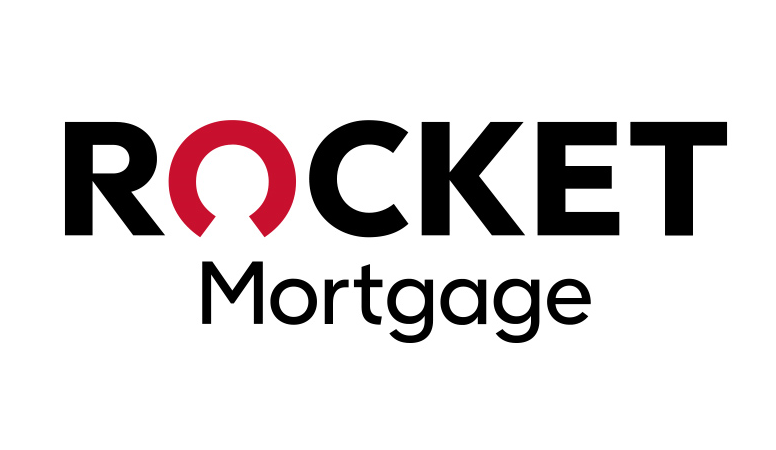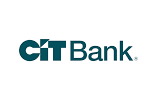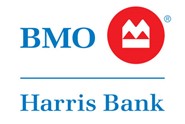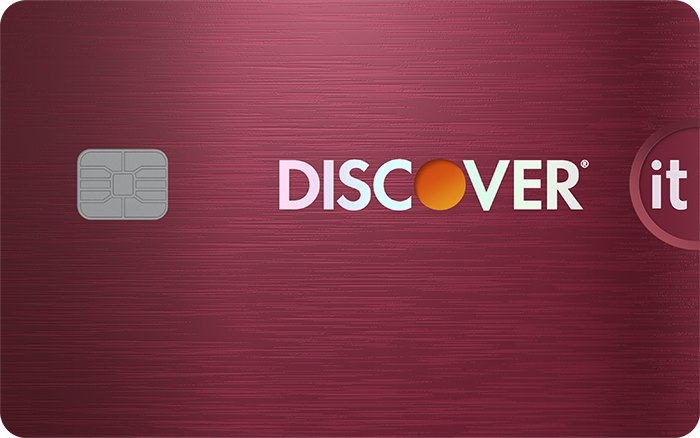While stock market investors have been seeing red for a large part of 2022, Tuesday was an exceptionally bad day. The Consumer Price Index report published early Tuesday morning showed inflation is still on the rise despite the Federal Reserve continuing to raise interest rates.
According to Investor's Business Daily, this led the stock market to plunge to its worst one-day loss since June 2020, with total losses of over $1 trillion dollars. But does that mean you should run to your brokerage account and buy more shares of your favorite companies? Or would the better strategy be to pull everything out and avoid more losses?
Below, Select details how everyday investors should be thinking about their investing strategies.
Our best selections in your inbox. Shopping recommendations that help upgrade your life, delivered weekly. Sign-up here.
Should investors rush to buy stocks?
2022 has been an especially frustrating year for investors, which followed 2021's roaring bull market.
Nearly all major indices and many individual stocks are suffering double-digit year-to-date losses, leaving many hesitant to put more money into the already bleeding stock market.
A Bankrate survey from May 2022 indicated 56% of U.S. investors said they had purposely not made any investments due to stock market volatility. But now that inflation isn't slowing down and markets are continuing to sell off, investors may be even more reluctant to put their money to work.
If you're already investing or want to begin your journey, consider the following two points:
This may not be the bottom
JD Gardner, founder of Aptus Capital Advisors, says this is likely not the bottom of the market, which leaves a great opportunity for investors to put their money in when stocks are on sale and ride the wave of growth back up to the top.
With that in mind, several studies have shown that "time in the market" was much more favorable than the idea of simply "timing the market." In other words, waiting for the market to fall and predicting its rise isn't really the best strategy. Putting your money to work in proven investments and giving it time to work for you is the best way to go about it.
Before you try to predict what the stock market will do, try and dollar-cost average your way into the market so you can keep your average spending down — and your hopes high — for solid returns.
Consider investing in index funds that track the overall stock market or S&P 500, this way you're not relying on the performance of an individual company. Funds that track the broader market have proven to be good choices if you have a long term investing horizon.
Focus on what you can control
The stock market will have its good days and bad days, and the only things in your control are your financial goals and the strategy you're employing to reach them.
Tara Falcone, chartered financial analyst, certified financial planner and founder of the goals-based investing app Reason says there's little reason to worry just yet. "If you're investing for a long-term goal like retirement that's decades away, you probably don't need to sweat this downturn."
That said, if you have a short-term goal, such as buying a home, Falcone urges investors to "assess whether the investments you've earmarked for that goal are [on target]." If they aren't, it may be time to adjust your investing strategy.
How you can start buying stocks today
401(k) or IRA
A common method for everyday investors to put aside their money is by using either a 401(k) or an individual retirement account (IRA). While these particular accounts work best for those who want to put some money away and not touch it until their post-working years, they may not be a great option for those who are active traders.
A 401(k) is an employer-sponsored retirement account that lets you put money away tax-deferred — in other words, you won't have to worry about paying taxes until it's time to take the money out. In some cases, you might also be able to score free money through an employer match if your company offers it.
You can also opt to open an IRA, or an individual retirement account, on your own, whether or not your employer offers a 401(k) plan. A traditional IRA gives you the opportunity to contribute pre-tax dollars, while a Roth IRA allows you to invest post-tax dollars.
I elected to contribute to both a 401(k) and a Roth IRA to take advantage of tax deferment with the former and tax-free growth with the latter. The best combination will be unique to your financial needs, so consider your tax bracket and retirement goals before you begin investing. For more information about opening a traditional or Roth IRA, check out some of our favorite IRA brokerages:
Charles Schwab
Minimum deposit and balance
Minimum deposit and balance requirements may vary depending on the investment vehicle selected. No account minimum for active investing through Schwab One® Brokerage Account. Automated investing through Schwab Intelligent Portfolios® requires a $5,000 minimum deposit
Fees
Fees may vary depending on the investment vehicle selected. Schwab One® Brokerage Account has no account fees, $0 commission fees for stock and ETF trades, $0 transaction fees for over 4,000 mutual funds and a $0.65 fee per options contract
Bonus
None
Investment vehicles
Robo-advisor: Schwab Intelligent Portfolios® and Schwab Intelligent Portfolios Premium™ IRA: Charles Schwab Traditional, Roth, Rollover, Inherited and Custodial IRAs; plus, a Personal Choice Retirement Account® (PCRA) Brokerage and trading: Schwab One® Brokerage Account, Brokerage Account + Specialized Platforms and Support for Trading, Schwab Global Account™ and Schwab Organization Account
Investment options
Stocks, bonds, mutual funds, CDs and ETFs
Educational resources
Extensive retirement planning tools
Terms apply.
Fidelity Investments
Minimum deposit and balance
Minimum deposit and balance requirements may vary depending on the investment vehicle selected. No minimum to open a Fidelity Go account, but minimum $10 balance for robo-advisor to start investing. Minimum $25,000 balance for Fidelity Personalized Planning & Advice
Fees
Fees may vary depending on the investment vehicle selected. Zero commission fees for stock, ETF, options trades and some mutual funds; zero transaction fees for over 3,400 mutual funds; $0.65 per options contract. Fidelity Go is free for balances under $10,000 (after, $3 per month for balances between $10,000 and $49,999; 0.35% for balances over $50,000). Fidelity Personalized Planning & Advice has a 0.50% advisory fee
Bonus
Find special offers here
Investment vehicles
Robo-advisor: Fidelity Go® and Fidelity® Personalized Planning & Advice IRA: Fidelity Investments Traditional, Roth and Rollover IRAs Brokerage and trading: Fidelity Investments Trading Other: Fidelity Investments 529 College Savings; Fidelity HSA®
Investment options
Stocks, bonds, ETFs, mutual funds, CDs, options and fractional shares
Educational resources
Extensive tools and industry-leading, in-depth research from 20-plus independent providers
Terms apply.
Vanguard
Minimum deposit and balance
Minimum deposit and balance requirements may vary depending on the investment vehicle selected. No minimum to open a Vanguard account, but minimum $1,000 deposit to invest in many retirement funds; robo-advisor Vanguard Digital Advisor® requires minimum $3,000 to enroll
Fees
Fees may vary depending on the investment vehicle selected. Zero commission fees for stock and ETF trades; zero transaction fees for over 3,000 mutual funds; $20 annual service fee for IRAs and brokerage accounts unless you opt into paperless statements; robo-advisor Vanguard Digital Advisor® charges up to 0.20% in advisory fees (after 90 days)
Bonus
None
Investment vehicles
Robo-advisor: Vanguard Digital Advisor® IRA: Vanguard Traditional, Roth, Rollover, Spousal and SEP IRAs Brokerage and trading: Vanguard Trading Other: Vanguard 529 Plan
Investment options
Stocks, bonds, mutual funds, CDs, ETFs and options
Educational resources
Retirement planning tools
Terms apply.
Taxable brokerage accounts
A taxable brokerage account is different from a 401(k) or IRA because you can deposit and withdraw money to and from it as often as you like without incurring a penalty. This makes them a great place to put money away for retirement or toward another goal, such as buying a home.
Keep in mind, however, that investing in tax-advantaged accounts — such as a Health Savings Account, 401(k) or IRA — first may be a better strategy to help reduce your overall taxable income.
If you prefer to have some flexibility in how your money will be invested, consider working with one of these brokerages or robo-advisors as you continue on your investing journey:
Betterment
Minimum deposit and balance
Minimum deposit and balance requirements may vary depending on the investment vehicle selected. For Betterment Digital Investing, $0 minimum balance; Premium Investing requires a $100,000 minimum balance
Fees
Fees may vary depending on the investment vehicle selected. For Betterment Digital Investing, 0.25% of your fund balance as an annual account fee; Premium Investing has a 0.40% annual fee
Bonus
Up to one year of free management service with a qualifying deposit within 45 days of signup. Valid only for new individual investment accounts with Betterment LLC
Investment vehicles
Robo-advisor: Betterment Digital Investing IRA: Betterment Traditional, Roth and SEP IRAs 401(k): Betterment 401(k) for employers
Investment options
Stocks, bonds, ETFs and cash
Educational resources
Betterment RetireGuide™ helps users plan for retirement
Terms apply.
Wealthfront
Minimum deposit and balance
Minimum deposit and balance requirements may vary depending on the investment vehicle selected. $500 minimum deposit for investment accounts
Fees
Fees may vary depending on the investment vehicle selected. Zero account, transfer, trading or commission fees (fund ratios may apply). Wealthfront annual management advisory fee is 0.25% of your account balance
Bonus
None
Investment vehicles
Investment options
Stocks, bonds, ETFs and cash. Additional asset classes to your portfolio include real estate, natural resources and dividend stocks
Educational resources
Offers free financial planning for college planning, retirement and homebuying
Terms apply.
Fidelity
Fees/commissions
$0 for stocks, ETFs, options and some mutual funds
Account minimum
$0
Investment options
Stocks, bonds, fractional shares, ETFs, mutual funds, options
Pros
- Some ETFs don’t have expense ratios
- Mobile app is easy to use
- No commissions on many types of securities
Cons
- No futures or forex trading
- High fees for broker assisted trades
Bottom line
What's happening with the stock market continues to be a concern for many, but by investing for the long-term, you can improve your odds of having a successful portfolio. While the market's volatility may make you weary, investing diligently as planned in a diversified portfolio is a historically safe long-term strategy — just remember, there are no guarantees you will earn a certain rate of return.
Catch up on Select's in-depth coverage of personal finance, tech and tools, wellness and more, and follow us on Facebook, Instagram and Twitter to stay up to date.






